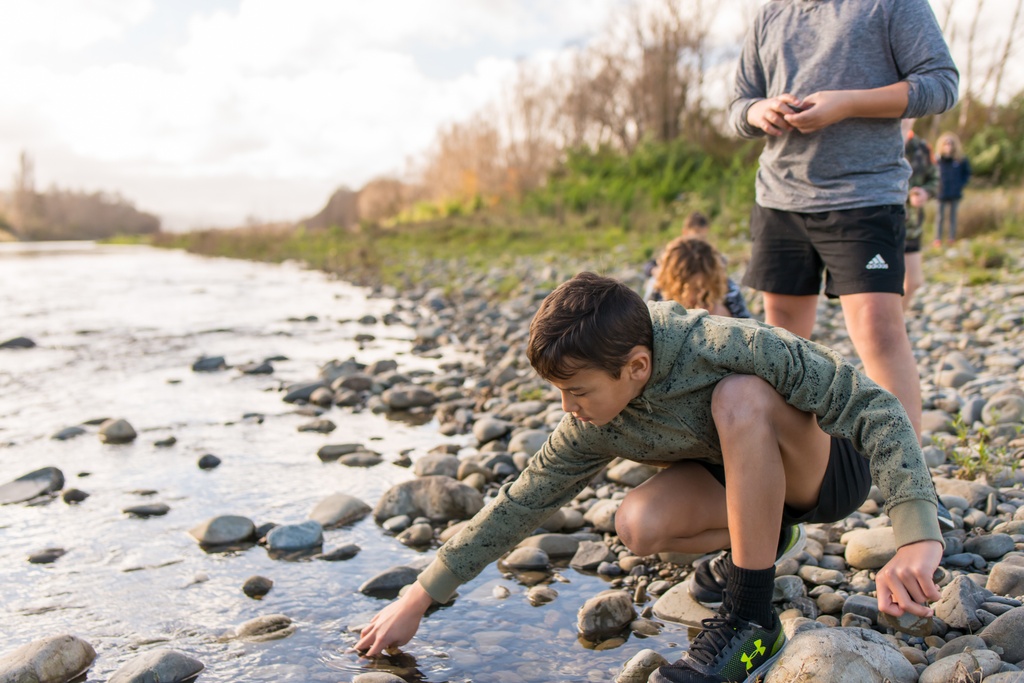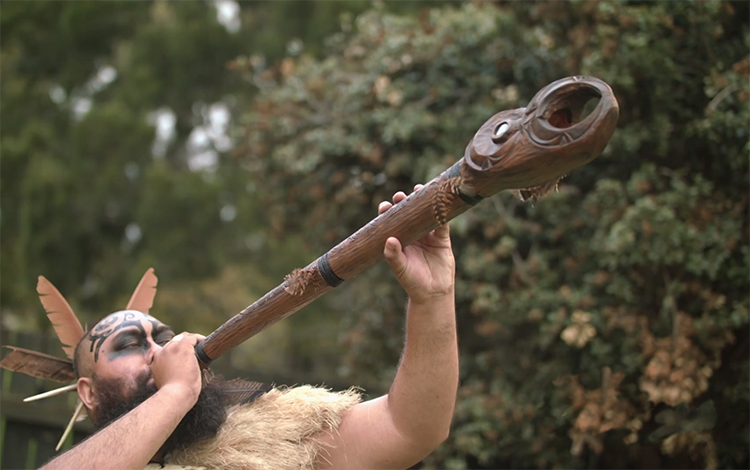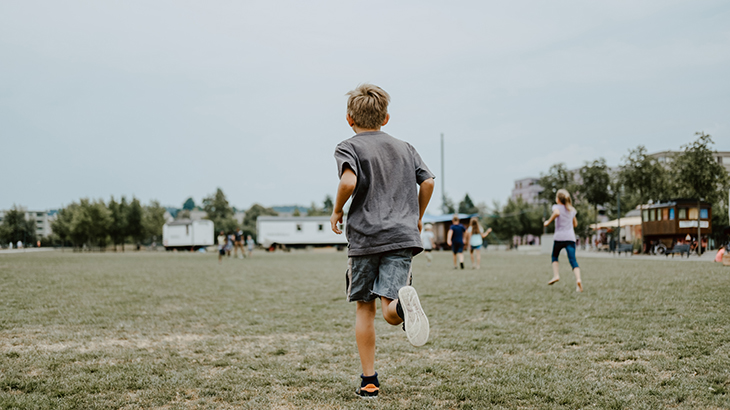Too many tamariki are being hospitalised with preventable injuries. Could mātauranga Māori be the answer?

Māori tamariki are 1.5 times more likely to be hospitalised by a preventable injury. How might a te ao Māori approach help whānau keep tamariki safe?
My stepmum makes beautiful woven flax wahakura, or sleep baskets. I used to think they were just gifts she made each time a pēpi in our whānau was born.
It wasn't until I started on a journey to rediscover my Māori whakapapa that I learned of their true importance. For many, co-sleeping creates a strong connection and bond with pēpi. But the wahakura also help to reduce the risk of sudden infant death.
There is plenty of mātauranga Māori (Māori knowledge), and this knowledge has been a key focus of an ACC partnership with Safekids Aotearoa.
Safekids have been working to capture and share knowledge of te ao Māori approaches to child injury prevention. And importantly, to get this right, they needed advice from the right people.
But before we get into that, let’s look at the numbers.
Māori tamariki more likely to be hospitalised
Tragically, 188 children aged 14 and under died between 2012 and 2016 as a consequence of preventable injuries. From that group, approximately 34 tamariki Māori died each year from preventable injuries, and a further 2,045 were hospitalised.
Māori are five times more likely to die, and 1.5 times more likely to be hospitalised for preventable injuries than children of other ethnic groups. Falls account for 46% of Māori tamariki injuries resulting in hospitalisation.
These numbers paint a pretty grim picture. And though our work revolves around preventing injuries from happening, it’s clear current prevention approaches for Māori need to improve.
Learning from the past to keep our tamariki safe today
At a two-day wananga held at Mataatua Marae, a small group of kaimahi and kaumatua gathered with Safekids staff.
They shared their thoughts on how traditional knowledge and parenting approaches informed keeping tamariki safe. They drew on their knowledge of pūrakau, pakiwaitara, waiata, and karakia. They reflected on their experiences growing up on the marae and raising their own tamariki.
And they found connections between knowledge, traditions, and whānau that will help change the way we traditionally think and talk about injury prevention for Māori tamariki.
Cultures and communities are different – and our programmes should reflect that
From the wananga, it was clear: there is no one-size-fits-all solution for all people.
To make a real difference, we need to adapt our approach to ensure unique needs, beliefs and situations are understood and reflected in the work we do.
And evidence from government body Social Policy Evaluation and Research Unit backs this up. Developing a partnership between government and the community is critical. In particular, Māori and Pacific communities respond to initiatives that are grounded in cultural concepts.
And for Safekids, this is just the start of this work. They’re taking the knowledge shared in the wananga and looking further into history to symbols, stories, waiata and karakia.
They believe developing resources and networks for sharing this knowledge will help whānau connect more strongly with a te ao Māori approach to keeping our tamariki safe.
If we fail to change, we will fail our tamariki
At ACC, we've been working to do a better job of providing services to Māori. Not only is it the right thing to do, it’s also our obligation as a treaty partner.
But there is plenty of mahi to be done. We need to start by building strong relationships with Māori to understand how best we can help, in a way that is appropriate, effective, and valuable.
And from wahakura to wananga, I'm determined to help change up the statistics, and do a better job of preventing unnecessary injuries and deaths suffered by Māori.
We have a dedicated team working to understand important issues like access to our services. That’s a particularly challenging issue, but we’re making headway. We also have projects underway that put Māori at the centre of the design process. We’ll be talking more about those soon.
So here’s the challenge I’ve set myself, my team at ACC, and in fact to all New Zealand Government organisations. We need to do a better job of keeping Māori tamariki safe. And I believe we’ll be in much stronger stead if we use mātauranga Māori to help deliver the right solutions, at the right time, in the right way.




